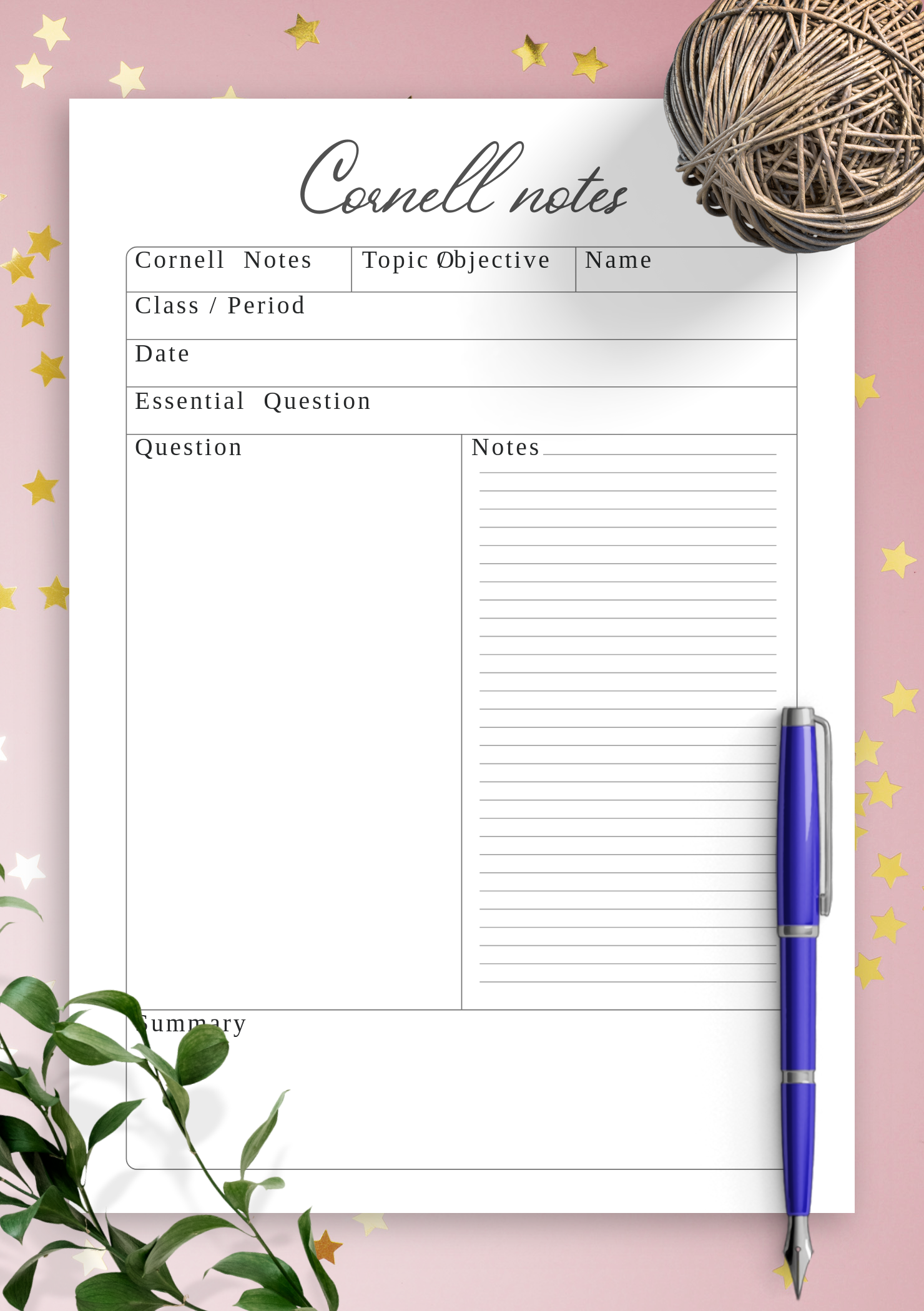

Use the cues section to review your notes.Use the main notes section to take notes during class.The paper is divided into 3 sections: a 2.5” margin to the left, a 2” summary section on the bottom, and a main 6” in-class note section. Allows you to pull out major ideas and concepts.Notes are neatly organized, summarized, and easy to review.This method is effective because the main points, details, study cues, and summary are all written in one place. The Cornell note taking method helps organize class notes into easily digestible summaries. Try these 5 methods to find the best note taking method for you! The Cornell Method

Including note taking templates, tips, and more. Get more out of your study sessions with the complete study toolkit There are several note taking techniques you can use to start taking better notes in class. Using different note taking strategies is important, especially as you progress through high school and transition to college or university. Serves as quality review material for after class.Helps you make connections between topics.Requires you to think about what you are writing.Ensures you are actively listening to what the teacher is saying.
CORNELL NOTES HOW TO
Learning how to take better study notes in class helps improve recall and understanding of what you are learning because it: Effective notes will even lead to less stress when test time comes around! Why Are Effective Note Taking Skills Important?īetter notes will help you remember concepts, develop meaningful learning skills, and gain a better understanding of a topic. One of the most effective ways to remember (and understand) what you are learning in class is to take effective notes in the classroom. This has nothing to do with how neat your handwriting is - it’s all about how your notes are structured. If your in-class notes are messy, unorganized, and unclear at first glance, you’re not going to get much use out of them.


 0 kommentar(er)
0 kommentar(er)
